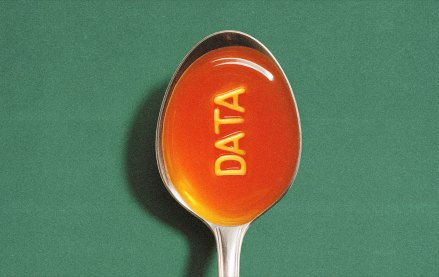Save 50% on a 3-month Digiday+ membership. Ends Dec 12.

Old habits are hard to break. For two decades, online advertising has been cashing in on, primarily, a singular metric: the delivered impression. The problem, naturally, is that marketers could never really know how many times the ad was served. With the advancements of technologies and platforms, advertisers can now see how and where and when an ad is seen: the viewable impression. Of course the irony here is that for all the disruption the Internet has created for the media world, the economics of online advertising are still viewed through older media (TV, radio, print) lenses.
A shift from delivered to viewable impression is on the horizon, as the IAB is putting its chips in the form of Making Measurement Make Sense (3MS), its five principles for measurement solutions. Many make the case for it because viewable impression focuses on the audience, not the click.
But the larger issue is that ads — no matter the format — are not being seen these days. According to the Financial Times, a new report found that about “three-quarters of marketers’ TV ad impressions are viewed by just 20 percent of their target audiences.” TV advertisers have used the shotgun approach for more than half a century and while the online universe clamors about specific targeting, 31 percent of online ads go unseen.
What does this mean? It means that for brands to have the most amount of impact with their messages, they need to figure out a metric that works for them. The push could come in the form of the gross rating point. Adapting it from television, the Internet could then provide brands a more appropriate metric of reach and frequency. Facebook sees this, which is why they’re pushing for GRP (of course, getting TV ad budgets is certainly on the social gorilla’s mind).
The Internet has tried to battle the inertia of a half-century-old medium, and it has failed. Using a GRP — the traditional media’s bread and butter metric — on the Web further signifies the growing pains of online advertising. The sooner marketers realize that one is not like the other, the sooner they may realize a better path to riches.
More in Media

As big brands flood the podcast ad space, startups are refining strategies to stand out
While a influx of big advertisers is good news for podcast companies, it also makes it more challenging for small- to mid-sized brands to stand out in the space.

Meta enters AI licensing fray, striking deals with People Inc., USA Today Co. and more
The platform has secured seven multi-year deals with publishers including CNN, Fox News, People Inc., USA Today Co to incorporate their content into its large language model (LLM) Llama.

European publishers say the Digital Omnibus ‘cookie fix’ leaves them worse off
The European Union’s attempt at a legislative spring clean for Europe’s web of data privacy rules, has landed flat with publishers.





